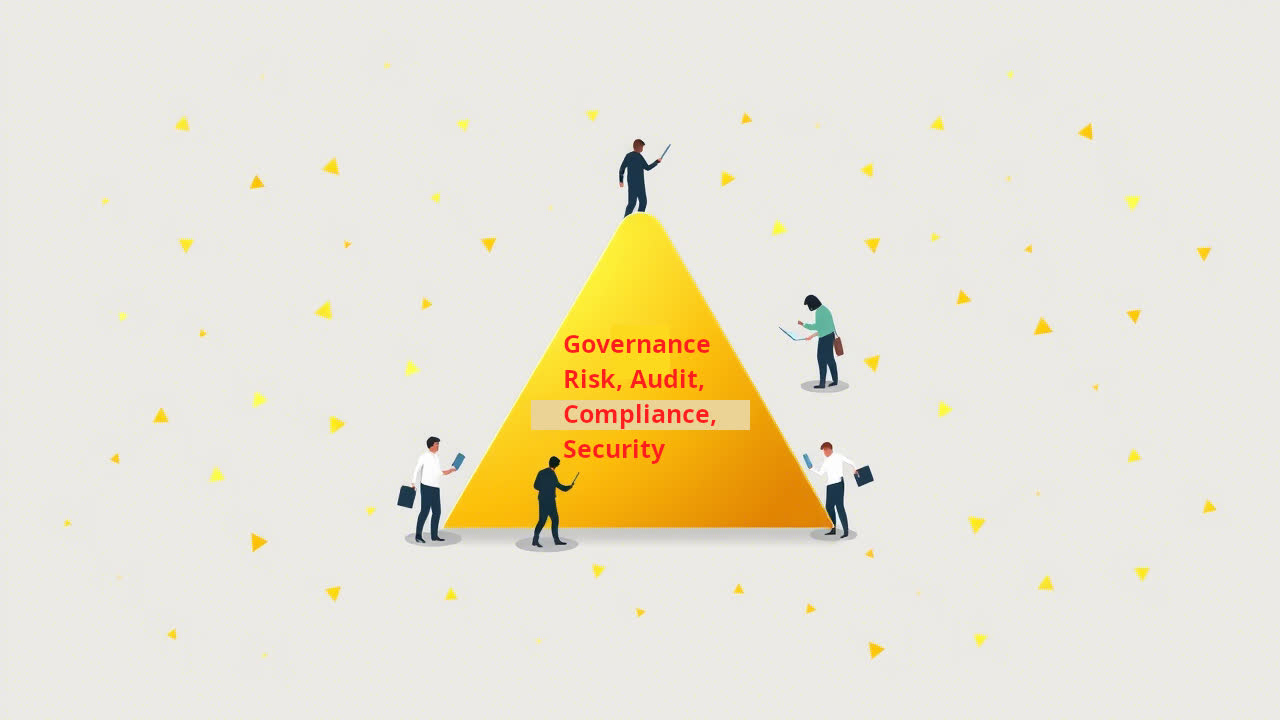Proactive ICT Management: The Strategic Advantage of eGRACS
Discover how eGRACS enables organisations to stay ahead of risks and technology obsolescence.
 In today’s fast-paced digital landscape, waiting for problems to arise is no longer an option. Organisations need proactive ICT management strategies to mitigate risks, avoid technology obsolescence, and drive continuous growth. The eGRACS framework empowers organisations to anticipate challenges and act decisively, ensuring their ICT systems remain secure, compliant, and aligned with business goals.
In today’s fast-paced digital landscape, waiting for problems to arise is no longer an option. Organisations need proactive ICT management strategies to mitigate risks, avoid technology obsolescence, and drive continuous growth. The eGRACS framework empowers organisations to anticipate challenges and act decisively, ensuring their ICT systems remain secure, compliant, and aligned with business goals.
Why Proactive ICT Management Matters
Proactive ICT management isn’t just about fixing issues before they escalate—it’s about creating a strategic advantage. Here’s why it’s crucial:
1. Staying Ahead of Risks
Proactive strategies identify potential vulnerabilities early, reducing the likelihood of costly incidents.
2. Addressing Technology Obsolescence
Organisations that plan ahead can avoid being hamstrung by outdated systems, ensuring their ICT remains cutting-edge.
3. Enhancing Operational Efficiency
By anticipating and resolving bottlenecks, proactive management keeps operations running smoothly and efficiently.
4. Driving Strategic Growth
Proactive ICT governance aligns technology initiatives with long-term business goals, creating opportunities for innovation and expansion.
How eGRACS Enables Proactive ICT Management
 The eGRACS framework offers a structured approach to staying ahead of risks and maintaining ICT agility. Here’s how it works:
The eGRACS framework offers a structured approach to staying ahead of risks and maintaining ICT agility. Here’s how it works:
1. Comprehensive Risk Assessment
eGRACS continuously monitors and evaluates risks, providing actionable insights for mitigation and prevention.
2. Strategic Technology Planning
The framework includes tools for assessing technology lifecycles and planning upgrades or replacements before systems become obsolete.
3. Seamless Compliance Alignment
eGRACS integrates compliance with regulations like GDPR and ISO 27001 into its processes, ensuring ongoing adherence without last-minute scrambling.
4. Continuous Improvement
By incorporating feedback loops and performance reviews, eGRACS helps organisations refine their ICT governance strategies over time.
A Step-by-Step Guide to Proactive ICT Management with eGRACS
Step 1: Conduct a Baseline Assessment
Begin by evaluating your current ICT systems, identifying risks, gaps, and opportunities for improvement.
Step 2: Develop a Technology Roadmap
Use eGRACS to plan system upgrades, replacements, and new implementations aligned with business goals.
Step 3: Implement Unified Controls
Leverage the framework’s integrated controls to ensure consistency across governance, risk, and compliance efforts.
Step 4: Monitor and Adapt
Continuously track performance, address emerging risks, and adjust your strategies to remain proactive.
Benefits of Proactive ICT Management with eGRACS
- Reduced Risks: Minimise vulnerabilities and prevent costly incidents before they occur.
- Future-Proof Systems: Stay ahead of technology trends and avoid obsolescence.
- Operational Agility: Respond quickly to changes and challenges without disruption.
- Strategic Alignment: Ensure ICT initiatives directly support business growth and innovation.
Who Should Use eGRACS?
eGRACS is designed for a diverse range of industries and organisations, including:
- Healthcare: Protects patient data while ensuring HIPAA compliance.
- Finance: Streamlines governance processes to meet strict regulatory standards.
- Retail: Aligns ICT operations across multiple locations for improved efficiency.
- Technology: Supports innovation while maintaining robust risk management practices.
Unlock the Strategic Advantage of Proactive ICT Management
Don’t wait for problems to arise. With eGRACS, you can proactively manage risks, prevent technology obsolescence, and align ICT with your business goals. Start your journey to smarter ICT governance today!